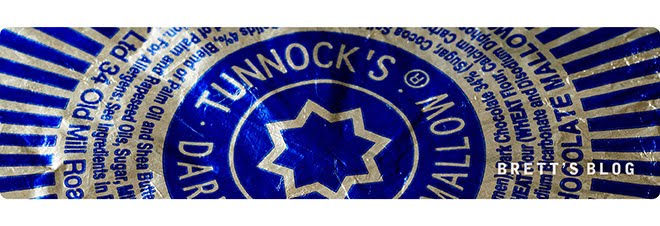Ars Technica reports: [edited]
In recent years, water-repelling materials have got better and better. But even the best hydrophobic surfaces still take their time when repelling water. This becomes an issue when the surfaces you want to keep water-free operate in freezing conditions. If water is not repelled quickly, it can freeze and end up stuck there.
Now Kripa Varanasi, of the Massachusetts Institute of Technology, has come up with a way of speeding up the process of repelling water. His approach involved creating a textured surface with tiny ridges (0.1 millimeters high).
Previously, scientists thought that contact time was shortest if droplets spread and recoiled symmetrically on a material, but Varanasi's material shows that asymmetrical recoil works better. The time water spends on their surface is 37 percent less than the same material without ridges.
The fact that their material is so good at its job made them look at other superhydrophobic materials. They found that both the nasturtium plant and the wings of the Morpho butterfly had similar ridges, and water droplets recoiled on them asymmetrically. The speed at which they did this was even better than lotus leaves, which are considered the "gold standard" of superhydrophobic materials.
------------
Subscribe to:
Post Comments (Atom)


No comments:
Post a Comment